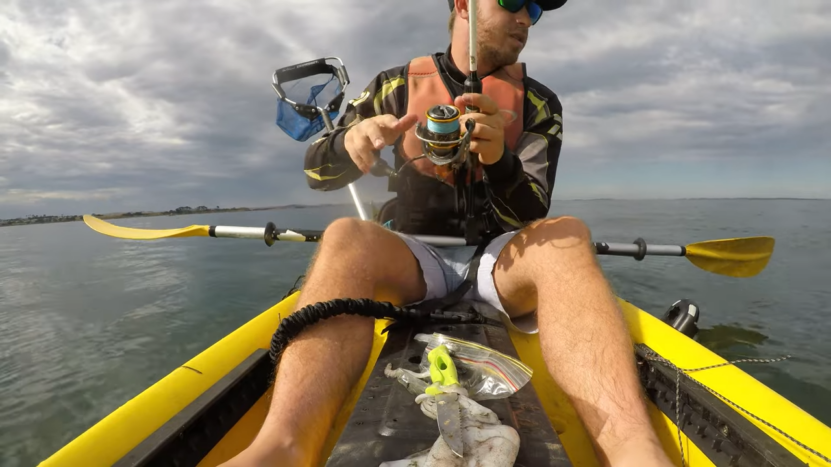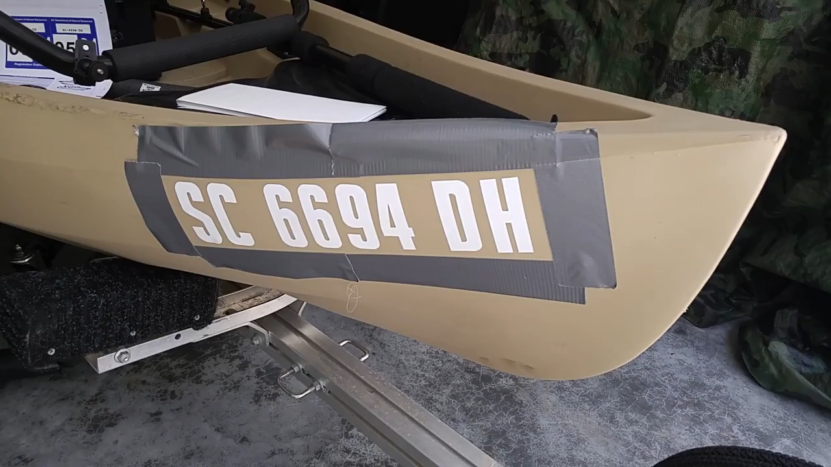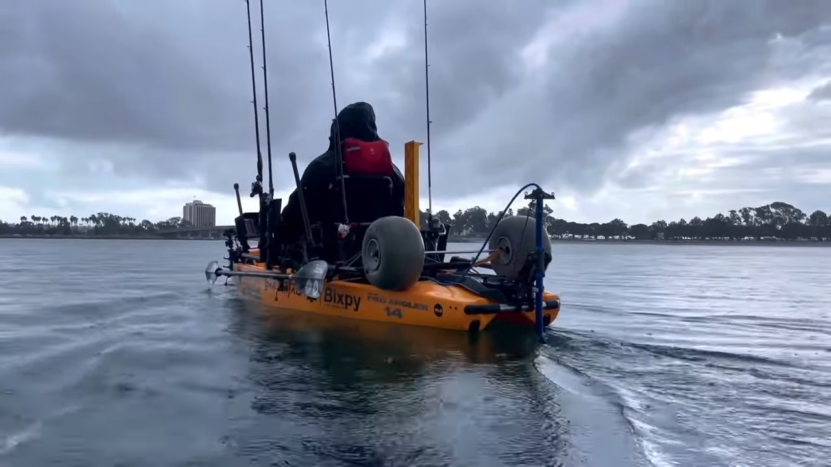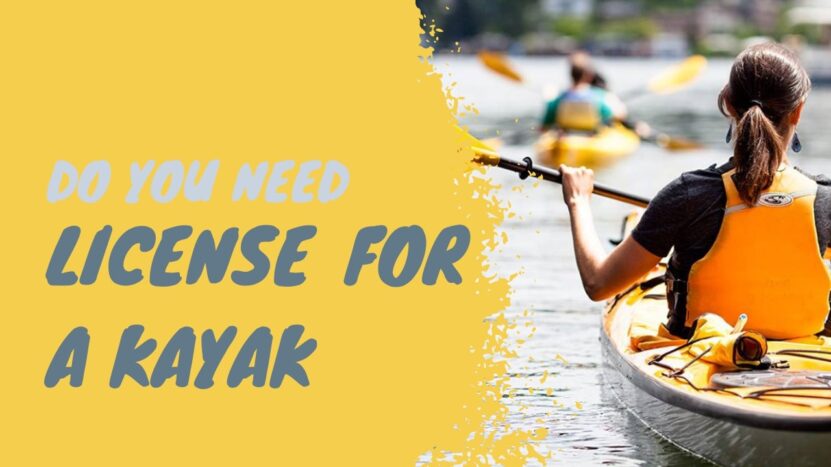Laws and regulations greatly differ between any two places on the planet. Different countries have different rules that deal with what can and cannot be done, as well as how and when. This is why there is so much diversity between countries and territories. Even in the states of one and the same country, like the USA for example, laws may be very different. Most differences are present when operating various vehicles and crafts is in question and in this article we focus on a water-based vehicle, the kayak.
As paddling boats, kayaks have been used for thousands of years. From the early days of civilizations, they have helped our ancestors with fishing, exploring, and even warfare. As times went by, the need for them was less and less present and like most things we once depended on for our very survival, they are not but a form of recreation. That is not a bad thing, however, as kayaks can help modern man in many ways. Fishing is still best done from a paddling boat, exploration and relaxation are maximized with the use of kayaks, and then there is the sports side of things.
Still, the fact that some states require licenses and have special rules prevents kayakers from experiencing this hobby in its best form. Worst of all, those who travel to different states may end up in trouble because they lack the knowledge of the law nuances and regulations that exist outside of their home state. To prevent this, here in this article we explore the question of whether you need a license for a kayak in your state, and by extension in all other states. Read on to learn more.
Good News

Lucky for everyone, both the US natives of every state, immigrants, and tourists, zero states require boating licenses for kayak operation. No waterway in any country has a law that states that the paddler needs a special license to operate the paddling boat. This means that you can freely tour America up and down, west to east, and stop at any lake, river, or sea for some paddling fun times.
There are other rules and regulations that do make it a tad bit more difficult to do than in other places. For example, the kayaks need to be registered, there must be the right conditions and the right supervision included, and the paddler has to wear the right gear. Since there are no licenses involved, there is no need to mention it anymore. We do however dive deeper into the rest of the rules and laws.
Kayak Registration

As of right now, there are six US states that require all kayaks and canoes to be registered. These states include Alaska, Illinois, Ohio, Oklahoma, Iowa, and Minnesota. The other 44 states do not have any similar regulations and no kayaks need to be officially registered. Some countries do or did have some other rules though. For example, Pennsylvania requires certain owners of kayaks to register their vessels if they use some specific access points managed by the Fish and Boat Commission of the state.
Arizona used to require all kayak owners to register their boats, but this ended more than two decades ago. It was not a good law to enforce, it lacked funding, and it was overall a bad example of what a registration law should look and feel like. In several other states, mainly Alaska, Connecticut, Maine, Montana, Oregon, Washington, New Hampshire, and Idaho, there are new registration requirements proposed when kayaks are concerned. These are all on the fence at the moment.
How to Register?
If you happen to find yourself paddling in one of the states where kayaks should be registered, know that it is an easy process to do. Simply find the closest management agency that allows registrations, like a local boat registration office, and follow the steps. There are forms to fill out, fees to pay, and documents to bring. Some familiar bureaucracy like anywhere else really. For oceanside paddling, you should consult the United States Coast Guard regulations for paddle crafts.
Why Do They Do It?

So why do certain states require registration when the large majority does not? Well, there are different reasons for this. Collecting fees to use in the maintenance of boating facilities and nature preservation is one thing, the one that makes the most sense. There are also services that help paddlers and boaters, like emergencies and coastal guards.
Wherever there is kayaking going on, proper infrastructure needs to follow. There is boat ramp parking, cleaning up to do, restrooms to maintain, etc. It can be said that the top kayaking destinations are actually the ones where you have to register your boat. It costs a lot of money to set up, maintain, fix, and renovate anything and everything around top kayaking spots, the budget for which is more quickly and easily filled through registration.
There is also the question of keeping track of the numbers for safety reasons. Knowing which kayak belongs to which paddler and how many paddlers there are in the state can tell a larger story of the recreation and sports kayaking present in the area. Besides, retrieving stolen kayaks can only be done if there is proof of ownership, and what better proof that an official registration?
While the community does not always feel the benefits of paying fees and taxes that exist due to registration, the administration and law enforcement does make sense in the long run. Like many other laws we have to abide by in life, it serves a higher purpose that we are not aware of. If you are serious about paddling in a kayak, you will happily register your boat and have peace of mind wherever you go.
Other Rules
There are some other, more meaningful things to remember when using a kayak. Not having them can cause trouble with law enforcement, so be sure to have them. The most important thing is a life vest or life jacket, commonly referred to as a personal floatation device (PFD). Other than this, your kayak needs signaling devices, which come in the form of signal lights (headlamps, kayak lights, etc.) and a whistle. Last but not least, a bilge pump and a sponge should be with you at all times to help remove water from the cockpit.

